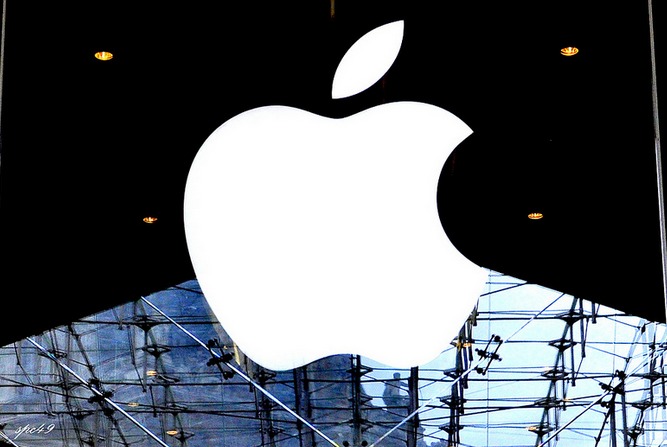I have been predicting a stock market correction of 10% to 15% for over past six months. It’s about time.
The stock market is currently overvalued by any standard in my opinion.
At Fairfax Global Markets, we invest in stocks using a “value investment strategy” buying companies with low PE’s, high Returns on Equity (ROE), high free cash flow, and growing momentum.

Slim Pickings
Only eight stocks now meet my criteria and that is not enough for a diversified portfolio.
Over the past twenty years, every time my screens produce only a few stocks there has been some sort of market correction. This time seems to be no exception.
As I write this report early Monday morning August 24, 2015, The Shanghai Stock Market just closed down 8.5% and the Dow starts the day officially 10% below the record high established several months ago.
Additionally, the year-to-date performance for the Dow stands at -6.12%, while its 52-week performance is -0.84%.
Pullbacks Welcome
Last October, 2014 the Dow corrected -9%. But small and midcap stocks pulled back almost -18% and then the entire market bounced back to new highs a month or so later.
In 2013 we also had a correction in August and four years ago, also in August, we had another -10% correction.
Sometimes investors forget that pullbacks and corrections are a normal cycle of investing.
This is what stock markets do and there is nothing abnormal about what is going on here.
Market Vs. Economy
I always try to make the point that the stock market and the underlying US economy are very different. With regard to the US economy, we are in a solid up-trending expansion. Jobs have been growing at over 200,000 new jobs a month this year.
Manufacturing is expanding. Housing is expanding. In almost every sector, excluding energy, the economy is growing. There is an old adage that in the short term any crazy global incident can negatively impact the stock market, but in the long term, the stock market follows the underlying economy.
If the economy is trending up and expanding, the stock market will follow. In the history of economics, the US has never had a bear market/recession while the US economy was expanding and trending upward.
That is why I firmly believe this is a normal, healthy, cyclical correction.
Signal Vs. Noise
Below I have outlined all the issues that newspapers have mentioned as the cause of this stock market correction.
I believe the facts show that all of these issues will have very little impact on the US economy, and two of the issues (the Chinese currency devaluation and lower oil prices) will have a beneficial effect on the US economy.
China
China has devalued its currency by a little more than 3% as of the end of August. There will be winners and losers here in the US who will benefit and be hurt by this new policy.
This is good for consumers. All imported goods from China will be cheaper. Over the next few months almost everything you buy at Wal-Mart (WMT) and Costco (COST) will be cheaper if they are imported from China.
The US imports almost 4 times as many goods from China as we export to China, so the net effect will be a big direct benefit to the US and American consumers.
Exporters Lose
On the flip side, this will hurt, in a small way, US multinational exporters like Apple (APPL) and automakers who sell lots of products to China.
The exposure for US earnings to large S&P 500 Index companies to China is only about 4 to 5 percent.
The exposure of exports to all of Asia is about 9 percent, so the currency move itself will not be a very big deal.
Most US multinationals like US automakers, manufacture in China the products they sell in China.
This means few jobs will be lost in the US if there is a China slowdown.
Inflation Impact
US inflation is poised to go down in my view. This will affect the upcoming Federal Reserve increase in that this Chinese currency devaluation will be deflationary.
Japan, South Korea and other Asian countries may have to devalue their currencies in order to compete with China and that will make goods they produce, and that the US imports, cheaper.
Fed Timetable
The devaluation of the Chinese currency will be deflationary in itself, but if other Asian countries like Vietnam, Japan and South Korea devalue their currencies, this will make all Asian products cheaper in the United States and will increase deflationary pressures.
Historically the Federal Reserve tightened, and bond yields rose, because inflation threatened to increase.
But in recent decades inflation has been much more stable and lately it has been too low more often than too high.
For 95% of the past six years it has been below the Fed’s 2% target, when measured by its preferred benchmark, the price index of personal consumption excluding food and energy. Most analysts still expect the Fed to raise rates in September of 2015. Now that is in doubt.
Slow Walk
Because of the strong dollar and the drop in oil prices, I would not be surprised if the Fed waited to raise rates until December 2015 or even early 2016.
I think the Federal Reserve fears the US may import the global deflation we are seeing in other parts of the world. With oil prices projected to remain low through 2015 there is no fear of inflation—so why be in a hurry to raise rates. The high US dollar is in fact a de facto tightening.
Fed Concerns
Europe still has systemic problems and the Fed doesn’t want to do anything to derail their progress.
If the Fed raises rates, while other central banks are easing, there will be a worldwide flood of money out of those countries to America.
This would offset the effectiveness of those other central bank strategies. Many analysts believe deflationary forces will accelerate if the Fed raises rates.
This will also cause the dollar to become even stronger and will increase the pain for US exporters.
The Federal Reserve reiterated its “lower for longer” message for interest rates. For these reasons I believe the Fed may wait to raise rates until December 2015 or early 2016.
Takeaway
With low oil prices, the Chinese currency devaluation and imported deflation, (which lowers the cost for many imported goods to consumers), the overall economy will continue to show a solid, if mediocre, upward trend in growth.
I believe we could continue to see a volatile stock market through October and then a sharp upturn in the stock market and a strong upward finish through the end of the year based on expected strong earnings growth in the third and fourth quarter.
I still predict the S&P 500 Index will be up 7% to 9% overall by the end of this year.
Photo Credit: Olin Gilbert via Flickr Creative Commons




